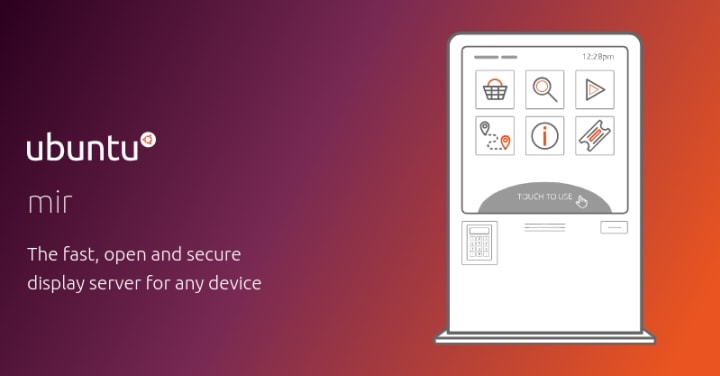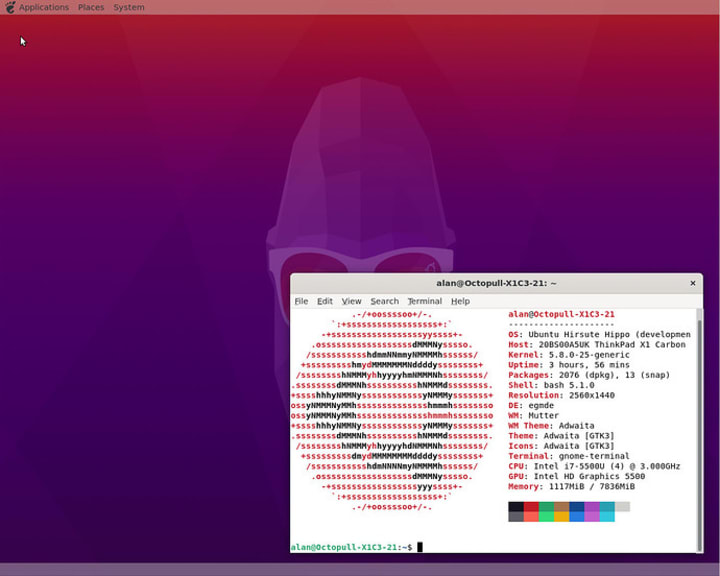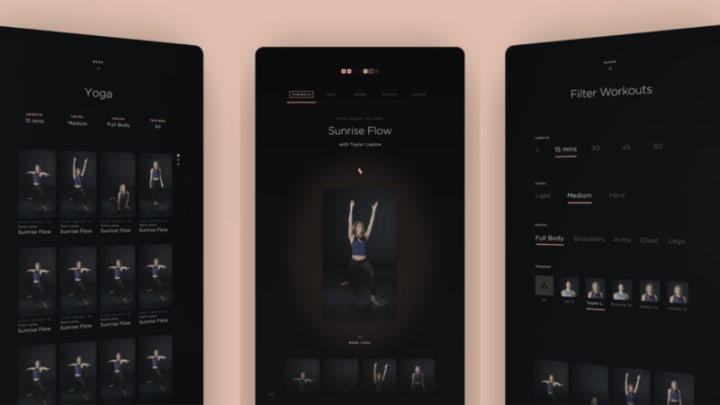
mir was designed to help systems on chips (SoCs) to reduce their development and maintenance investment in Linux graphics drivers. Today, mir works across the whole stack of devices, from desktop computers, tablets and phones, to IoT devices. You can find mir in industry GUI applications to smart mirrors, enabling developers to design innovative user interfaces. Canonical is launching mir 2.3.2, a new version of mir that improves the desktop experience, especially working with X11 based applications.
How to get mir 2.3.2
mir is a library for writing graphical shells for GNU/Linux and similar operating systems. It incorporates much of what traditionally requires multiple components: a window manager, a compositor and a display server. Compared to traditional display servers, like X Windows, mir is known for its efficiency, speed of development, security, performance, and flexibility.

In this new release, the mir team focused on improving the desktop experience and particularly working with X11 based applications. This includes basic cut & paste now working for X11 based applications and HiDPI support for X11 applications. To get mir and for a comprehensive list of enhancements and bug fixes, visit our discourse channel.
New features on mir for X11 and Wayland
For platforms, mir 2.3.2 has also enabled linux-dmabuf on X11 and Wayland, and supports the full range of driver-exposed formats in the linux-dmabuf subsystem. This means client apps can select a buffer format that will work efficiently with the current hardware.
miral-kiosk now also allows Wayland extensions to be configured in kiosks and enables pointer confinement by default. Enabling pointer confinement means that apps such as games that confine the pointer will work better. This can be seen with mir-kiosk-neverputt – the invisible pointer no longer “hits the side of the screen”, limiting actions.
To improve the consumption and use of mir, we have also improved and made available some snaps that will help you get started. In addition to our IoT devices snaps, the mir-kiosk snap now offers mir-test-tools, a snap of the tests and tools we’ve found useful to check that mir works on various devices.
Want us to explore more applications for mir-kiosk? Do you want to partner to create another flavour for mir? We are looking to expand mir ecosystem with our users. Send us an email at mir.community@canonical.com.
Who is using mir?
With or without COVID, exercising from home has its benefits. Today, while gyms remain closed, innovative companies are pushing to market new devices to help us improve our health and wellbeing. mir is glad to be behind some of these amazing products.
Putting the ‘mir’ in smart mirrors
Forme Life is a company based in California developing Studio, the full-length mirror that transforms into personal training. This smart mirror has a 43” UHD 4K display with a touchscreen that could be either wall-mounted or standstill on the floor. Users can run inspiring body and mind workouts sessions with personal trainers. The mirror has two stereoscopic cameras for live interactions with the trainers.

Mir-kiosk was used on this innovative mirror to provide the foundation for the graphical implementation. mir provides a stable, well tested and performant platform with touch capability for this fullscreen application. This smart mirror also benefits from mir initialization and configuration of a broad array of graphics and input hardware and hardware quirks.
So if you want to build your next smart kitchen cooking table, a display for greenhouses or a didactic whiteboard, mir-kiosk has everything you need to get started. Want to learn more? You can find tutorials and use cases here.
Tell us about your mir
Are you using mir to power your next smart display? Do you want to feature in our next blog? We’d love to hear about it and feature it next month. Send a summary to mir.community@canonical.com, and we’ll be in touch.
